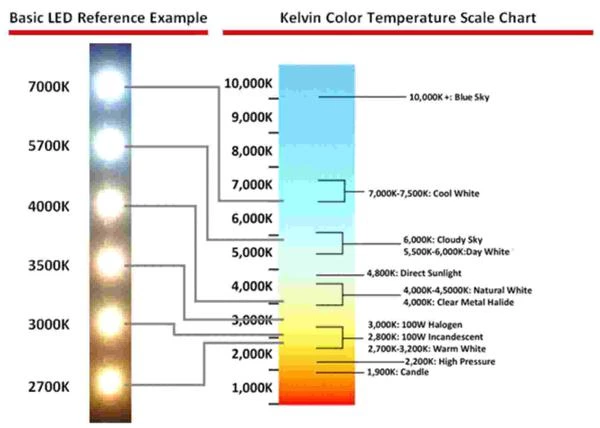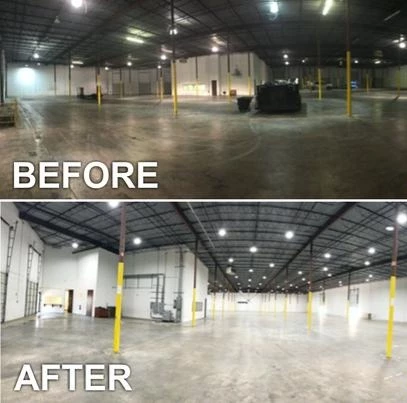Modernizing Your Lighting
It's hard to find more bang for your buck than LED retrofitting will provide. You can read up on the cost savings in our previous blog post and see some numbers. The LED market has now become nearly comparable in cost with incandescent, fluorescent, as well as HID fixtures and the options are unlimited.
Questions to Ask Yourself Before Requesting a Quote
1. Are you pleased with the look and layout of your existing fixtures?
If so, then a simple replacement of the lamp with a new LED type lamp would be a quick and easy retrofit. If not, then you'll want to consider changing the fixture to a new modern LED fixture entirely.
2. Are you pleased with the current amount of light?
If not, you'll need to consider adding more lighting locations, changing the layout or increasing the amount of light with larger lumen output.
3. What is the voltage of your current lighting?
Voltage is another important factor in planning your retrofit. Typically, LED lamps have a self-selective range of 120v-277v. This will cover the majority of your standard lighting needs and usually have the shortest lead time to obtain. If you have a 480v lighting system, there is additional cost involved along with longer lead times on receiving the lighting package.
4. What color lighting do you want?
These color temperatures are expressed by a kelvin rating or "K-rating". Most LED lighting comes in a standard range of 3000K-6000K. A lower kelvin rating will provide a warmer light (yellow/orange tone), similar to a traditional incandescent lamp. The higher the kelvin rating, the whiter or even bluer your lighting will become. The chart pictured below will provide a visual assessment of the LED color scales available.

Deciding If a Retrofit is Right for You
Now that you have the information necessary, all that remains is deciding if a retrofit is right for you and your budget.
Interior Lighting Retrofits
The most common interior retrofits are performed on standard 2’x4’ fluorescent lay-in type fixtures or recess can lighting in your office areas, and high-bay fixtures in a warehouse/ storage area setting.
In an office setting, the color temperature will come down to personal preference. While in a lab or manufacturing environment, you may want to install lamps with a higher kelvin rating to provide a perceived brighter or "whiter" work environment tailored for precision. In an office environment, the color temperature will ultimately come down to personal preference, but you may consider a slightly warmer light, between 3500K and 5500K. Above 5500K can cause eye strain, and reduce productivity of employees through headaches; it's just TOO blue. Below 3500K can make people less productive and signal sleep hormones in the body.
Below is an interior warehouse lighting upgrade we performed for a manufacturing facility, the end result is quite literally night and day.

Exterior Lighting Retrofits
Exterior lighting upgrades will not only enhance the value and appeal of your property, but they will also provide you with a much safer environment. A well-lit exterior will help deter the wrong people from loitering around your property, as well as providing you and your employees with enough lighting to feel comfortable entering or exiting the property after dark.
Some typical exterior upgrades include:
- Wall pack lighting
- Street lighting
- Pole lighting
- Soffit lighting
- Aimable floodlights for signage and flag poles
Exterior lighting is typically specified at a higher kelvin rating and in most situations, "whiter" light is desired. More so than your interior lighting, the voltage will be slightly more critical in the design of your LED exterior lighting. However, there are plenty of options for any voltage you have available. The 480V retrofit will have an additional cost involved, and at times it will make more sense financially to replace the fixture with an LED model as opposed to performing a retrofit of existing fixtures. Either way, the end result will be an upgrade to the function and aesthetics of your lighting system.
Still have questions?
Call us at 713.434.7328
This article has been shared by Direct Service, Construction and Design to specifically accommodate our intended clientele. The intent of sharing this information is to better inform the public of these general topics, expand knowledge and safety for all and provide crucial information in regard to their MEP and building systems and/or assets. It is NOT our recommendation that any article recommendations or how-to scenarios be attempted by anyone other than a qualified or competent person.
